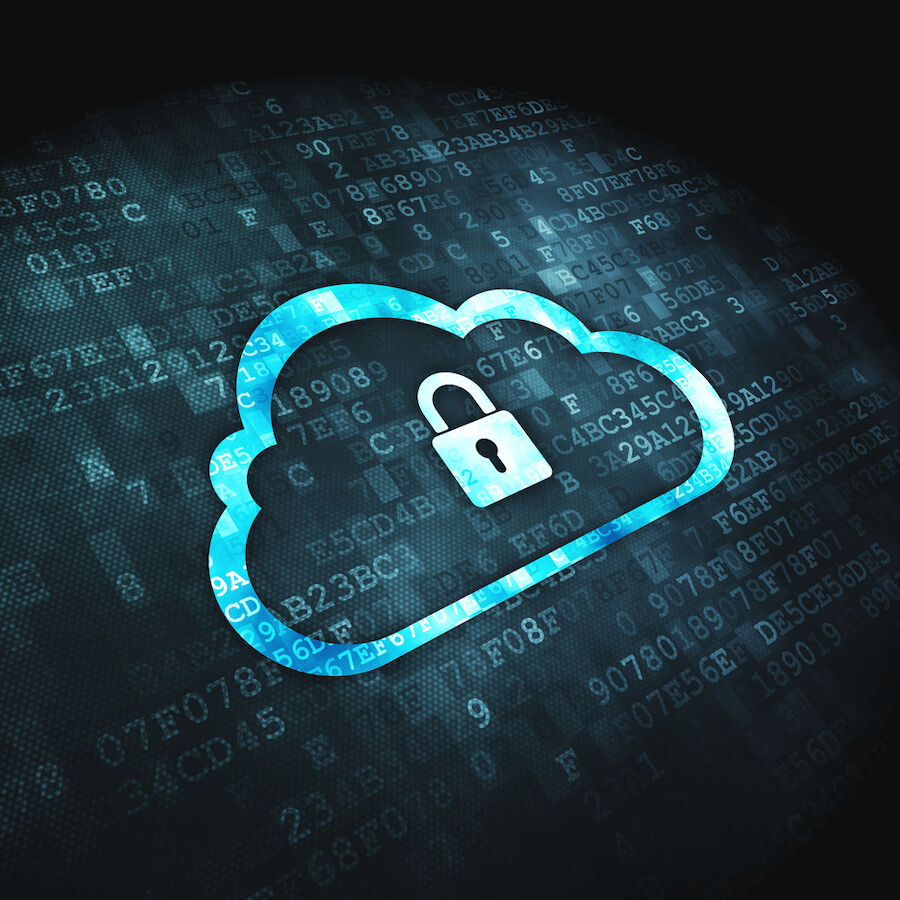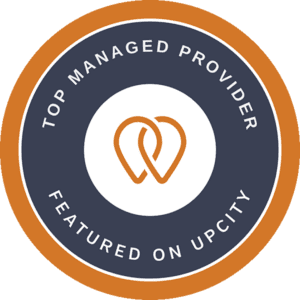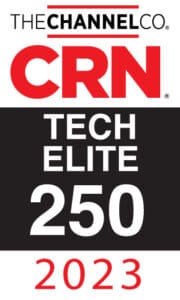Cloud computing and cloud data storage have become must-have technologies in recent years. As the cost of cloud services has continued to drop, thanks to economies of scale, more businesses have flocked to the cloud. Although the cloud is generally very safe, there are still cybersecurity risks to consider. Cybersecurity consulting can help your company avoid these dangers and keep its data safe. Consider a few of the ways that data in the cloud can be lost or stolen.
Here are five surprising ways that your cloud data could be compromised.
Compromised Access Credentials
The most common way data gets leaked from the cloud is through compromised credentials. Although movies love to portray hackers as experts in front of numerous computer screens using code to break into systems, the reality is far more mundane. Most cybercriminals get access to a system by tricking company associates into giving up their usernames and passwords. This can be accomplished using malware, but cybercriminals commonly use phishing attacks to get the information they need.
Phishing attacks work by sending fake emails that look like they come from your company. Cybercriminals study the company’s branding to make an email that looks official, including the proper fonts, logo, and color scheme. They may have even subscribed to company newsletters to replicate the style of an email perfectly. These emails usually claim that the company is asking everyone to update their password using a link. Nevertheless, this link goes to the criminal’s private server.
Many businesses are charged with the responsibility of protecting business data, employee data, and consumer data. Some of this data includes credit card information, phone numbers, email addresses, social media accounts, and anonymous customer data. While some information may seem more sensitive, all of it is meant to be confidential.
In the previously mentioned report from IBM, it was found that the type of data breach impacted the associated costs. If a data breach happened unintentionally, the costs to the business were lower. An intentional cyberattack led to a 16.6% higher cost per record.
Industry
Some industries have higher cybersecurity risks. The healthcare and financial industries are responsible for a lot of sensitive data, and the costs of a cyberattack are often higher. Energy companies and pharmaceutical companies are also at high risk. While lower, the impacts on retail businesses have also been on the rise.
Vulnerabilities From Third-Party Extensions
computing and storage to other applications. You can program interactions between two programs through APIs to automate tasks and facilitate data processing. However, what happens if there’s a vulnerability in another application? When you connect your cloud to another company’s application, you expose your system to any flaws in the third-party app. This could lead to a data breach.
Unfortunately, you can’t audit another company’s software, so you cannot know if their application is truly secure. The SolarWinds hack is a prime example of this kind of vulnerability. Errors in SolarWinds software allowed hackers to pull data from every company using the software. However, with cybersecurity software, it’s possible to detect unusual activity on your network and filesystem, allowing you to spot strange behavior from third-party software.
Unencrypted Data Is Vulnerable During Cloud Computing
Failing to use encryption is a common cause of data breaches. Even though most platforms use encryption by default, it’s possible to turn off this feature to save on cloud computing costs, as encryption requires processing power. Sometimes administrators disable this feature intentionally or by accident, but doing so exposes you to extra risk for very little savings. We do not recommend turning off encryption. Without encryption, your data is vulnerable to theft in several situations.
Unencrypted data can be stolen in transit. Using a technique called packet sniffing, an intruder on your network could copy data as it travels out of your facilities. It’s possible to reassemble the data packets and steal your data without you ever knowing. Encryption makes this virtually impossible since an intruder would need a unique key to decipher the data. Double-check your settings to ensure that encryption is always enabled to avoid this potential danger.
Mismanaged Access
Poorly configured access can also lead to a data breach. For example, cloud storage buckets can be configured to be visible to everyone. The same goes for other kinds of cloud storage like Google Drive or OneDrive. This most commonly occurs when an associate needs to share a folder or bucket with many people in the organization but doesn’t want to take the time to add each person individually. The result is an insecure storage location that anyone can access.
Make secure sharing easy by creating groups in your company. This way, instead of adding each user one at a time, you can simply add entire teams to a shared location. In addition, be sure to avoid giving too many people high-level access to your systems. The more administrators in your organization, the more damage a phishing attack can do. When users only have access to the files they need, the damage is limited if their credentials are stolen.
Human Errors
Never underestimate the power of human error. Mistakes can provide great opportunities for cybercriminals. Remote work, in particular, has increased the potential for data theft due to human error. For example, company associates may keep their passwords in a text document for reference on their own devices. If their device is lost or stolen, a criminal could now gain access to your system. Even leaving a device unattended for a while at an airport or café could pose a threat.
A team member could unknowingly have a virus or malware on their device, which allows criminals to read their keystrokes, revealing their access credentials or giving criminals access to files directly. This is why it’s important to train your staff on cybersecurity best practices. Many people are unaware of these threats and don’t take the necessary precautions to avoid them. A small mistake can lead to major consequences.
Do your employees know the importance of difficult-to-decipher passwords? Do they know the latest tactics being used by threat actors in phishing schemes? Socially engineered cyberattacks are becoming more common and a lot more difficult to detect. With appropriate and regular training, you can be sure your employees know how to spot a possible attack.
The more employees you have, the higher your risk of phishing attacks. Appropriate training from IT consultants gives employees the information they need. It also provides a trusted expert when they have questions about malicious links, odd emails, or unfamiliar risks. There are alternatives to traditional programs like a cyber escape room challenge for a more interactive and entertaining approach to maintaining a healthy cyber-secure company.
How Can Cybersecurity Consulting Prevent Data Loss and Data Theft?
Cybersecurity consulting starts by reviewing a company’s current cybersecurity policies and practices. After a thorough examination, cybersecurity consultants recommend improving the company’s cybersecurity. Some common improvements include 24/7 monitoring software to protect your files and network. In addition, consultants can provide cybersecurity training to your associates to minimize the risk of human error and phishing attacks. Email monitoring can also limit phishing and malicious attachments, further securing your company.
Most experts today agree that every company will experience a cyberattack at some point. However, you can limit the damage and prevent attacks by securing your systems now.
READY TO GET STARTED?
Make an Informed, Scalable Decision with Edafio
Take our Cyber Health Assessment to identify gaps in your current cybersecurity practices.








